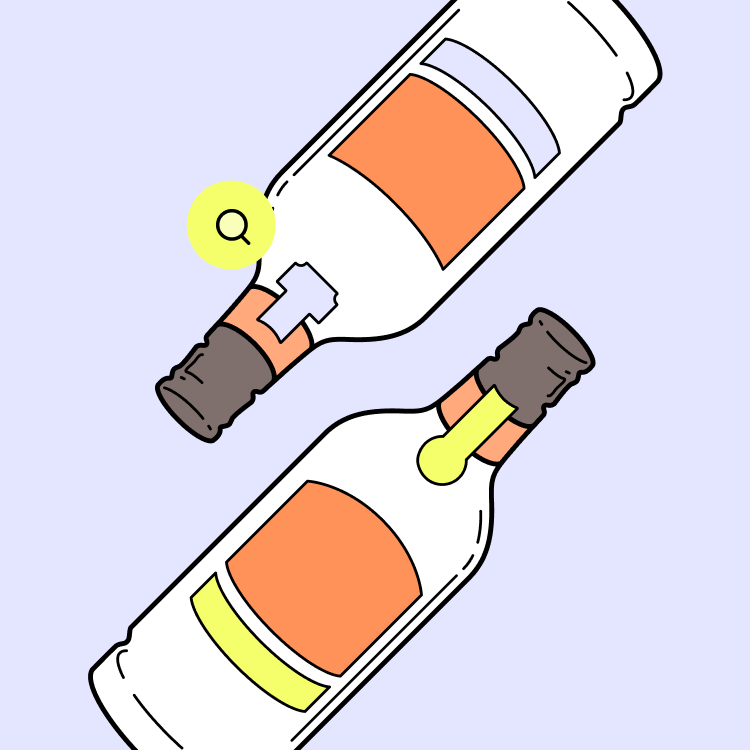How much you drink and who you are determine how drinking beer, wine or spirits can affect your health. To help adults who choose to drink make informed decisions, the governments of various countries around the world have developed drinking guidelines (1).
They consider not only how much people drink, but the differences that influence the effect alcohol can have. As individual governments approach this question in different ways, there’s no single and unified drinking guideline used everywhere around the world (1).
Drinking guidelines are often tailored to individual differences and drinking patterns
Since alcohol affects men and women differently, most drinking guidelines offer specific advice based on gender. Most of these guidelines recommend a lower alcohol limit for women than for men, although the VAD organization recommends not to exceed 10 units per week for both men and women.
Other countries’ guidelines offer day-to-day advice, such as recommended daily limits, and there are countries that provide both daily and weekly recommendations.
Particular drinking patterns, binge drinking for example, are reflected in some drinking guidelines. Recommendations may also be provided based on age, including no drinking for anyone below the legal drinking age, for pregnant women and elderly people, for whom drinking may represent a risk.
Being aware of how many units you drink can help put guidelines into context
You've probably heard of "units of alcohol", which help you understand and follow the recommendations outlined in the guidelines for drinking alcohol. In Belgium, one unit is equal to 10 grams of ethanol and remains the same whether it is beer, wine or spirits (3).







